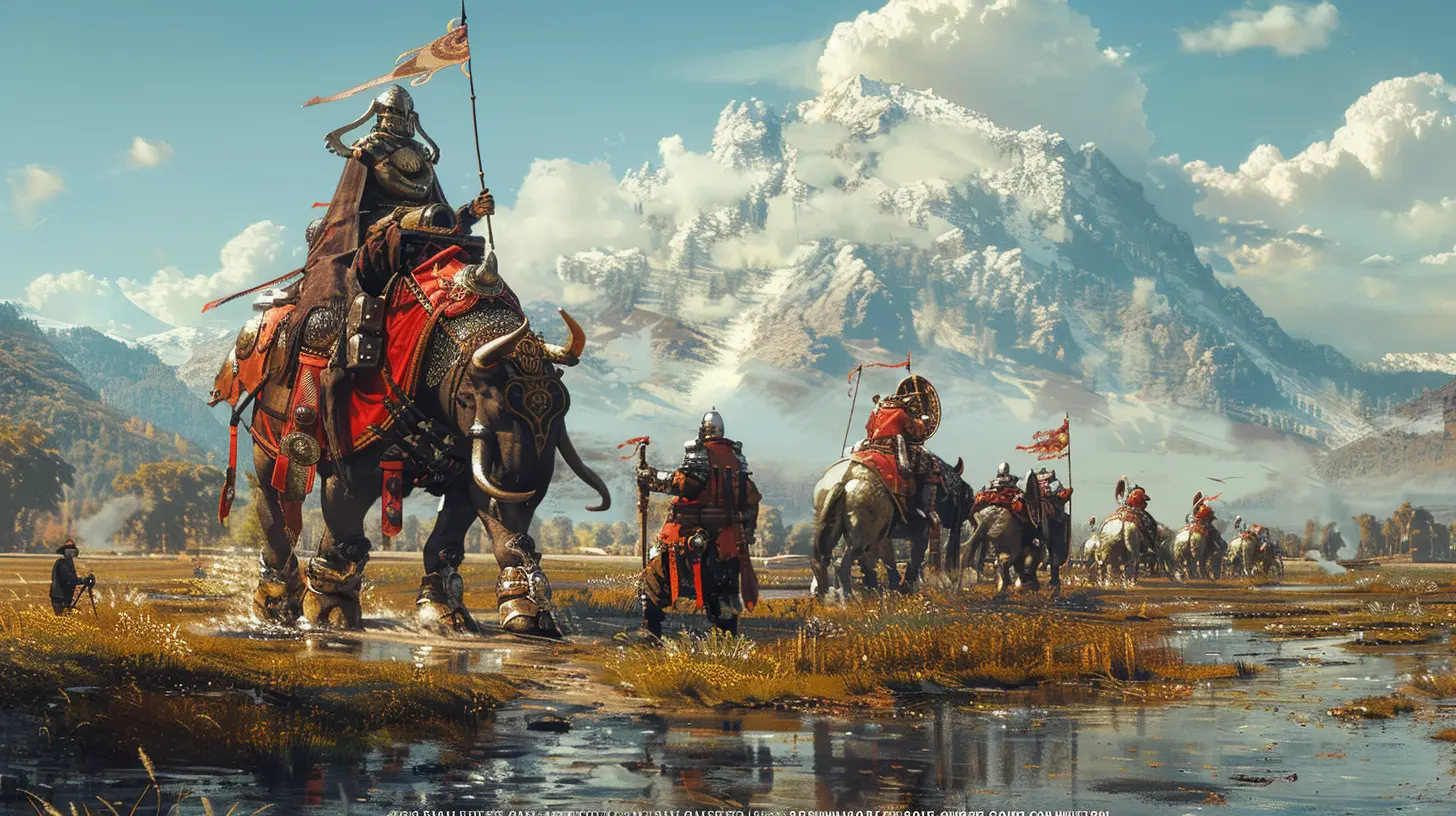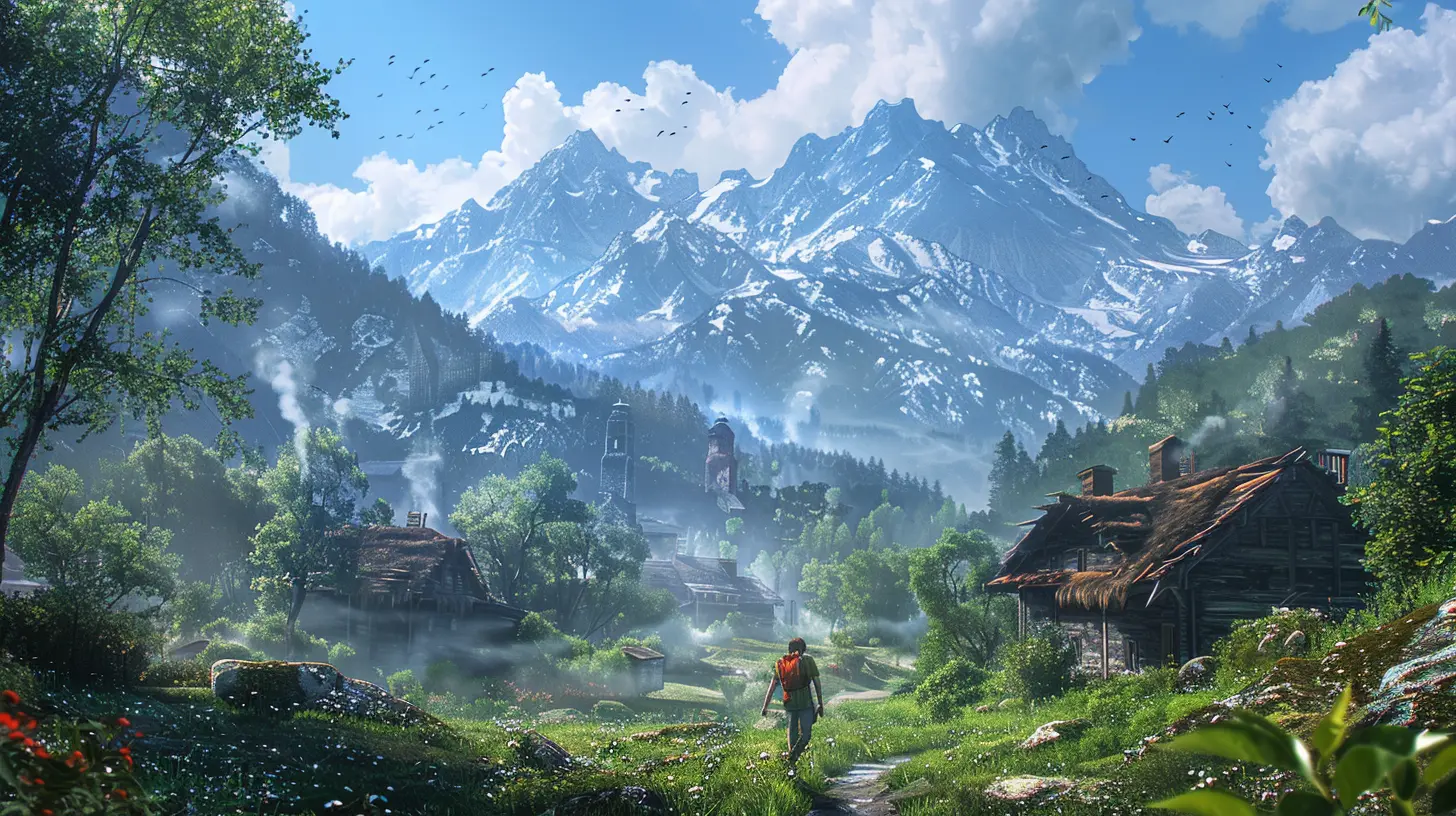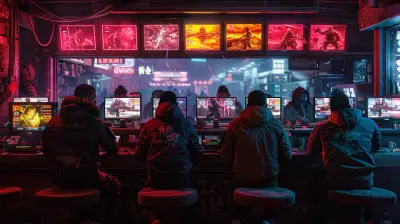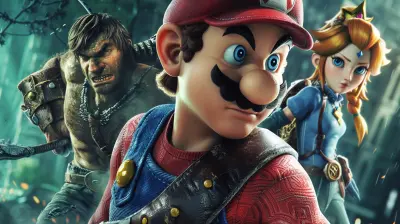Designing Game Mechanics for Replayability
7 November 2025
Ever loaded up a game for the hundredth time and found yourself just as excited as the first? That, my friend, is the magic of replayability. It’s like your favorite pizza place — no matter how often you go, it just keeps delivering that same joyous feeling. At its core, replayability keeps players coming back for more long after they've beaten the main story or reached the final level.
But how do game developers design mechanics that are so good, they stay fresh playthrough after playthrough? Let’s dive deep into the juicy details of what makes a game feel like it’s always worth another round. 
Why Replayability Matters
Ever finished a game and thought, “Okay, that was fun, but I don’t see myself ever playing it again”? That’s the exact problem strong replayability aims to solve. Replayability doesn’t just keep gamers playing longer; it creates a stronger emotional bond with the game.Games that feel repetitive or stagnant can be a one-and-done experience. But games with clever mechanics that encourage players to return to see "what if" scenarios or simply master their skills? Those are the ones that stand the test of time — think Minecraft, Dark Souls, or even the beloved Mario Kart series.
For developers, replayability means loyalty, longer playtimes, and a game that sticks in the hearts of gamers. So, what’s the secret sauce? Let’s break it down. 
1. Procedural Generation: The Power of Randomness
Procedural generation is like shuffling a deck of cards — every time you play, something feels a bit different. This dynamic method generates new content with each playthrough, so no two runs are ever exactly alike.Think about games like Rogue Legacy, No Man’s Sky, or Hades. These titles keep players on their toes because the worlds, levels, or encounters are unpredictable. You might find a hidden treasure in one playthrough but face a deadly trap in the same spot during the next.
Why does this work? Because people love the thrill of uncertainty. It’s the same reason we keep watching sports or rolling dice in a board game. There’s always that "what could happen next" factor. 
2. Player Choice: Let Gamers Write Their Own Story
Would you rather save the princess or join the dragon? Games that give players meaningful choices offer a reason to replay them — just to see what happens when you pick a different path.Take The Witcher 3: Wild Hunt or Mass Effect, for example. These games allow you to shape the story based on your decisions, and the outcomes can be wildly different. Maybe the first time, you played as a paragon, but the second time? Full-on chaotic renegade.
Choices make games personal. A single player can experience a game in unique ways depending on how they approach situations. And that’s the beauty — no single playthrough feels definitive. 
3. Skill Mastery: The Joy of Getting Better
Games that get harder the more you play them are like puzzles that keep evolving every time you solve them. Mechanics that reward skill mastery can be incredibly addictive.Consider Dark Souls or Celeste. They’re brutally difficult, but they’re also fair. You learn from your mistakes, improve your timing, and develop better strategies. And that’s what makes you come back — the satisfaction of conquering something once thought impossible.
It’s like learning to ride a bike. The first time, you’re wobbly and unsure, but with practice, you’re zipping down the street like a pro. The challenge keeps players engaged, and the sense of accomplishment keeps them hungry for more.
4. Unlockable Content: Carrot on a Stick
What’s better than beating a game? Beating it and unlocking something cool as a reward. Unlockable content is one of the oldest and most reliable ways to encourage replayability.From secret characters in Super Smash Bros. to alternate endings in NieR: Automata, games with well-thought-out unlockables incentivize players to keep going. It scratches that itch of, “What else is out there for me to discover?”
It’s like peeling back the layers of an onion — the more you play, the more surprises you uncover. And who doesn’t love surprises?
5. Multiplayer Mayhem: Compete or Collaborate
Let’s be real — nothing beats gaming with (or against) your friends. Multiplayer modes inherently have replayability baked in because every match is different, depending on who you’re playing with.Think about Fortnite, Mario Kart, or even old-school couch co-op games like GoldenEye 007. Adding human opponents or teammates brings a dynamic, unpredictable element that keeps gameplay fresh.
Plus, multiplayer offers infinite reasons to replay: bragging rights, teamwork, hilarious fails, and those intense "down-to-the-wire" victories. It’s no wonder multiplayer games dominate the industry!
6. Modding: Let Players Be the Creators
What if the best replayability feature wasn’t created by developers at all? Enter the world of mods. Games that support modding communities give players the tools to create their own content, effectively extending the game’s life indefinitely.Games like The Elder Scrolls V: Skyrim, Minecraft, and Garry’s Mod have massive modding communities that deliver new quests, maps, characters, and even completely overhauled gameplay. It’s like handing the keys to the Ferrari and saying, "Drive it however you want."
Mods create a collaborative ecosystem where players feel invested in the game’s longevity, making it a gift that keeps on giving.
7. Dynamic AI: Opponents That Adapt
Ever face an enemy that gets smarter the more you play? Dynamic AI systems can make games feel alive and ever-changing.Take Left 4 Dead’s "Director" AI. It adjusts the pace, difficulty, and enemy spawns based on how well (or poorly) you’re playing. One moment, you’re coasting; the next, you’re running for your life.
Dynamic AI ensures that no matter how much you improve, there’s always a new challenge waiting around the corner. It’s like having a sparring partner that knows just how hard to push you for maximum fun.
8. Easter Eggs and Hidden Secrets
Who doesn’t love stumbling across something unexpected? Hidden content, Easter eggs, and secrets can add an extra dose of wonder to games.Remember how finding a warp zone in the original Super Mario Bros. felt like striking gold? It’s those moments of discovery that make players want to keep exploring every nook and cranny.
Hidden content rewards curiosity and gives players one more reason to come back — because you never know what you might have missed the first time.
9. Player Progression: Leveling Up for the Long Haul
RPGs like Diablo and Path of Exile nail replayability with deep progression systems. Leveling up, acquiring better gear, or experimenting with different character builds keeps players hooked.The trick? Make players feel like their time is always being rewarded. Whether you’re grinding for better loot or trying out a new skill tree, progression systems give a sense of growth that keeps the experience fresh.
It’s like planting a tree and watching it grow. The longer you stay invested, the more rewarding it becomes.
Final Thoughts
Designing game mechanics for replayability is an art form. It’s about creating an experience that feels fresh, challenging, and rewarding — even after the credits roll. Whether it’s through random level generation, unlockable content, or multiplayer chaos, the best games keep players asking, “Just one more round?”Replayability isn’t about reinventing the wheel every time. It’s about adding layers of depth, discovery, and unpredictability that draw players back like moths to a flame. So, the next time you fire up your favorite game for the umpteenth time, take a moment to appreciate the clever design choices that make it all possible.
all images in this post were generated using AI tools
Category:
Game DesignAuthor:

Francesca West
Discussion
rate this article
2 comments
Gabriella Frank
Great article! I love how you highlighted the importance of replayability in game design. It’s always exciting to discover new strategies and experiences. Can’t wait to see how developers implement these ideas in future games!
November 7, 2025 at 3:33 PM

Francesca West
Thank you for your kind words! I’m glad you enjoyed the article and share my enthusiasm for replayability in game design. Exciting times ahead for developers!
Elowen McQuade
Replayability hinges on innovative mechanics; they must challenge and engage players repeatedly.
November 7, 2025 at 4:23 AM

Francesca West
Absolutely! Innovative mechanics are key to keeping players engaged and challenged, ensuring they return for more.


